A 1906 map of Honolulu’s Chinatown is a daunting puzzle marked by ancient Japanese kanji. Well, daunting at least for a yonsei (fourth-generation) Japanese like myself. Created by Takkei Nekketsu, an early immigrant to Hawai‘i, the map shows Japanese-owned shops and eateries in Chinatown, as well as banks and a custom house, which oversaw imported goods. The map’s red street lines match the present layout of the popular district, but the entirety of the map, including its legend and its bordering advertisements, are entirely in kanji, an extensive writing system of complex characters derived from the Chinese hanji. My seven-year education in Japanese language didn’t enable me to translate more than a handful of words. Even friends fluent in Japanese struggled to identify certain outdated kanji.
This illiteracy wouldn’t have been the case more than a century ago. According to historians, copies of the map were distributed to Japanese immigrants as a guide to familiar cultural establishments. Nekketsu, who owned a dry-goods shop, created the map during the peak of Japanese immigration to the islands. The first Japanese laborers were sent to Hawai‘i in 1868, during the reign of King David Kalākaua, to fuel the booming sugar industry. The labor was demanding, consisting of 10-hour shifts harvesting thick stalks under the scorching sun. Nevertheless, Japan was in an economic depression and the plantation work paid. By 1900, Japan and Okinawa were sending laborers by the thousands. But with the arrival of picture brides and the growth of families, Japanese immigrants moved away from the sugarcane fields toward the city to make better wages under fairer conditions.
During this time, Chinatown was recovering from the territorial government’s mismanaged attempt to burn plague-infested buildings, which resulted in a fire that lasted 17 days and left almost all of Chinatown charred and its inhabitants homeless. The addition of Japanese business owners to the primarily Chinese district got the area up and running again and expanded the demographic of consumers. Japanese persons could now buy liquor, eat saimin, watch a movie, or stay at a hotel without being treated as a foreigner or forced to try to speak English.
As I walked the streets of Chinatown one busy Sunday morning, it was difficult to envision this past. The bright-red squares on Nekketsu’s map, which indicate a Japanese-owned business, were now storefronts displaying Chinese last names—Lam, Lao, Sing. I stepped inside the corner store Maunakea Lei and was greeted by an elderly Chinese woman who interrupted a flow of Cantonese to address me in English. Among the buckets of red ginger, I found advertisements for the store’s spine medicine and an old VHS tape of Swiss Family Robinson but no evidence of Japanese influence. I wandered toward a street dotted with grocery stores displaying produce on the sidewalk. The crowd of older Chinese shoppers bustled around me as I scanned their faces for one that resembled my own. At the end of the day, I found one Japanese business, Maguro Brothers, a hole-in-the-wall poke shop amid tables of fish and vegetables in Kekaulike Market. But it was closed on Sundays.
In a sense, Chinatown has returned to its pre-1900 origins which catered specifically to Chinese immigrants. However, along the margins of Chinatown, newer local businesses have moved in. The Pig and the Lady, Manifest, Olukai, Owens and Co., and others draw younger generations from all backgrounds. At night, Chinatown transforms into a popular bar scene with dancing, deejays, and craft cocktails.
But where did the Japanese culture and cuisine go? By 1920, Japanese persons were 42.7 percent of Hawai‘i’s population, making it impossible for them to reside in one area. Their history in Chinatown is hardly known today, but the assimilation of Japanese culture into local culture is apparent. Five minutes from my childhood home in Kāne‘ohe are two okazuya restaurants, Megumi Restaurant and Masa and Joyce. Behind glass counters, an array of traditional and local Japanese food ranging from cone sushi to chow fun to fried chicken is displayed, ready to be packed in bento boxes and taken to work. As for sit-down Japanese restaurants, none are better than Sekiya’s Restaurant and Delicatessen in Kaimukī. For a reasonable price, I can enjoy steaming green tea, tsukemono, miso soup, a generous bowl of rice, and chicken katsu atop shredded lettuce. And if I’m craving a traditional Japanese treat? Kinako mochi packets are available at Marukai Wholesale Mart and can be made into a snack at home in minutes.
By the end of my Chinatown adventure, I had abandoned Nekketsu’s map completely. Chinatown may never return to the mix of Asian culture that it once was, but that’s fine with me. I can experience Japanese culture everywhere in Hawai‘i—at home, down the street, and in almost every neighborhood if I look hard enough. Just perhaps not on a Sunday in Chinatown.
A 1906 map of Honolulu’s Chinatown is a daunting puzzle marked by ancient Japanese kanji. Well, daunting at least for a yonsei (fourth-generation) Japanese like myself. Created by Takkei Nekketsu, an early immigrant to Hawai‘i, the map shows Japanese-owned shops and eateries in Chinatown, as well as banks and a custom house, which oversaw imported goods. The map’s red street lines match the present layout of the popular district, but the entirety of the map, including its legend and its bordering advertisements, are entirely in kanji, an extensive writing system of complex characters derived from the Chinese hanji. My seven-year education in Japanese language didn’t enable me to translate more than a handful of words. Even friends fluent in Japanese struggled to identify certain outdated kanji.
This illiteracy wouldn’t have been the case more than a century ago. According to historians, copies of the map were distributed to Japanese immigrants as a guide to familiar cultural establishments. Nekketsu, who owned a dry-goods shop, created the map during the peak of Japanese immigration to the islands. The first Japanese laborers were sent to Hawai‘i in 1868, during the reign of King David Kalākaua, to fuel the booming sugar industry. The labor was demanding, consisting of 10-hour shifts harvesting thick stalks under the scorching sun. Nevertheless, Japan was in an economic depression and the plantation work paid. By 1900, Japan and Okinawa were sending laborers by the thousands. But with the arrival of picture brides and the growth of families, Japanese immigrants moved away from the sugarcane fields toward the city to make better wages under fairer conditions.
During this time, Chinatown was recovering from the territorial government’s mismanaged attempt to burn plague-infested buildings, which resulted in a fire that lasted 17 days and left almost all of Chinatown charred and its inhabitants homeless. The addition of Japanese business owners to the primarily Chinese district got the area up and running again and expanded the demographic of consumers. Japanese persons could now buy liquor, eat saimin, watch a movie, or stay at a hotel without being treated as a foreigner or forced to try to speak English.
As I walked the streets of Chinatown one busy Sunday morning, it was difficult to envision this past. The bright-red squares on Nekketsu’s map, which indicate a Japanese-owned business, were now storefronts displaying Chinese last names—Lam, Lao, Sing. I stepped inside the corner store Maunakea Lei and was greeted by an elderly Chinese woman who interrupted a flow of Cantonese to address me in English. Among the buckets of red ginger, I found advertisements for the store’s spine medicine and an old VHS tape of Swiss Family Robinson but no evidence of Japanese influence. I wandered toward a street dotted with grocery stores displaying produce on the sidewalk. The crowd of older Chinese shoppers bustled around me as I scanned their faces for one that resembled my own. At the end of the day, I found one Japanese business, Maguro Brothers, a hole-in-the-wall poke shop amid tables of fish and vegetables in Kekaulike Market. But it was closed on Sundays.
In a sense, Chinatown has returned to its pre-1900 origins which catered specifically to Chinese immigrants. However, along the margins of Chinatown, newer local businesses have moved in. The Pig and the Lady, Manifest, Olukai, Owens and Co., and others draw younger generations from all backgrounds. At night, Chinatown transforms into a popular bar scene with dancing, deejays, and craft cocktails.
But where did the Japanese culture and cuisine go? By 1920, Japanese persons were 42.7 percent of Hawai‘i’s population, making it impossible for them to reside in one area. Their history in Chinatown is hardly known today, but the assimilation of Japanese culture into local culture is apparent. Five minutes from my childhood home in Kāne‘ohe are two okazuya restaurants, Megumi Restaurant and Masa and Joyce. Behind glass counters, an array of traditional and local Japanese food ranging from cone sushi to chow fun to fried chicken is displayed, ready to be packed in bento boxes and taken to work. As for sit-down Japanese restaurants, none are better than Sekiya’s Restaurant and Delicatessen in Kaimukī. For a reasonable price, I can enjoy steaming green tea, tsukemono, miso soup, a generous bowl of rice, and chicken katsu atop shredded lettuce. And if I’m craving a traditional Japanese treat? Kinako mochi packets are available at Marukai Wholesale Mart and can be made into a snack at home in minutes.
By the end of my Chinatown adventure, I had abandoned Nekketsu’s map completely. Chinatown may never return to the mix of Asian culture that it once was, but that’s fine with me. I can experience Japanese culture everywhere in Hawai‘i—at home, down the street, and in almost every neighborhood if I look hard enough. Just perhaps not on a Sunday in Chinatown.

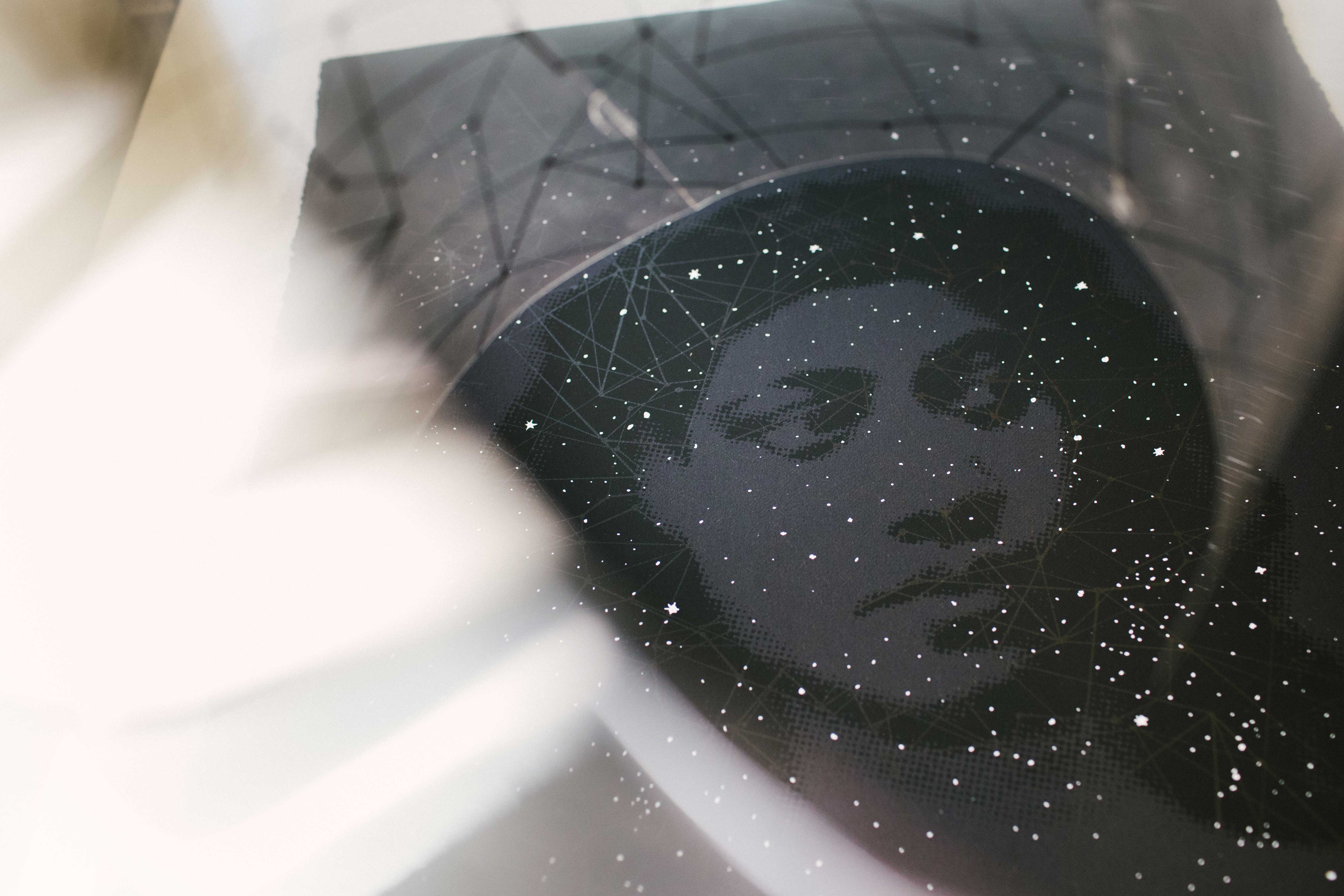



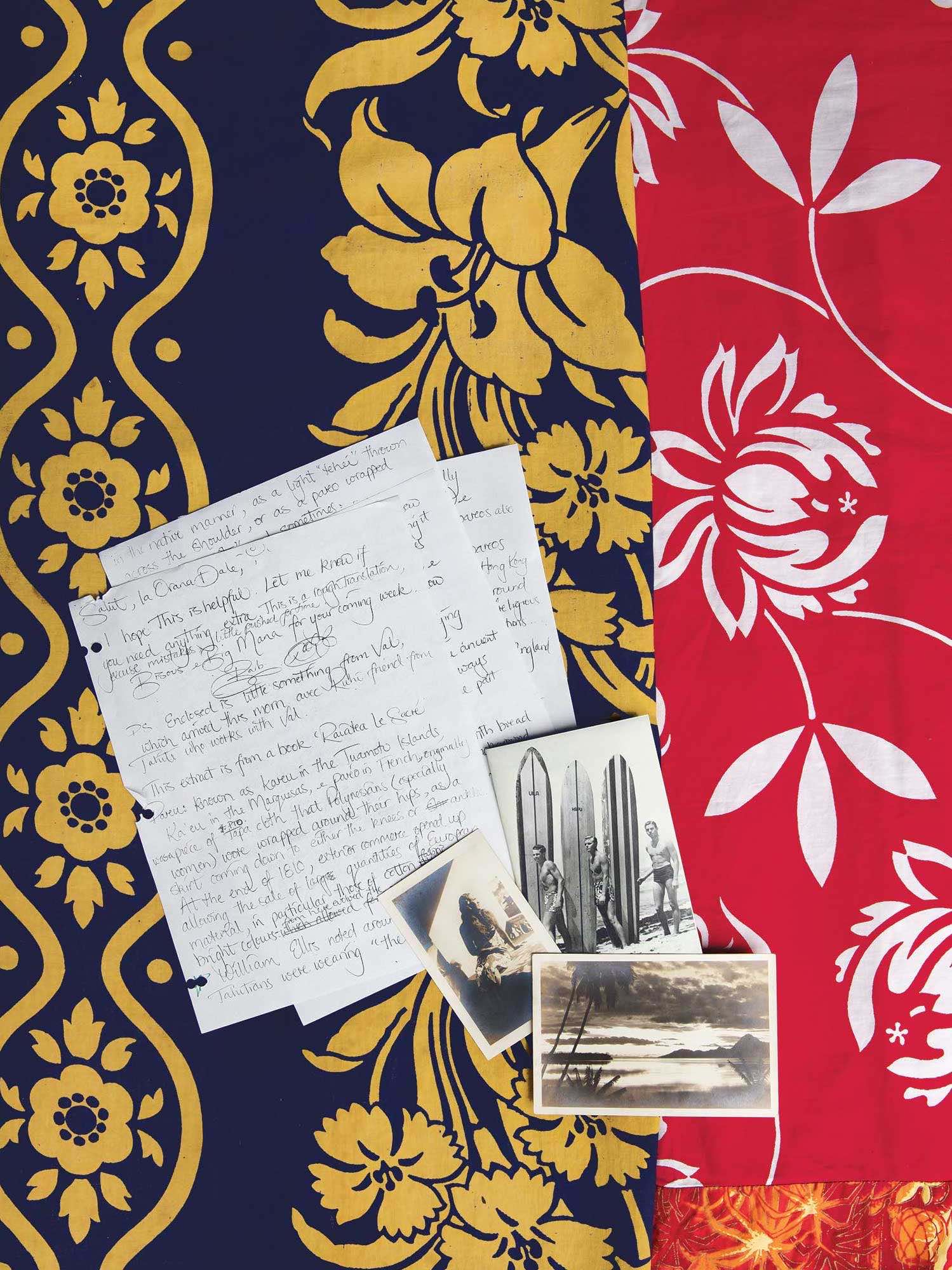
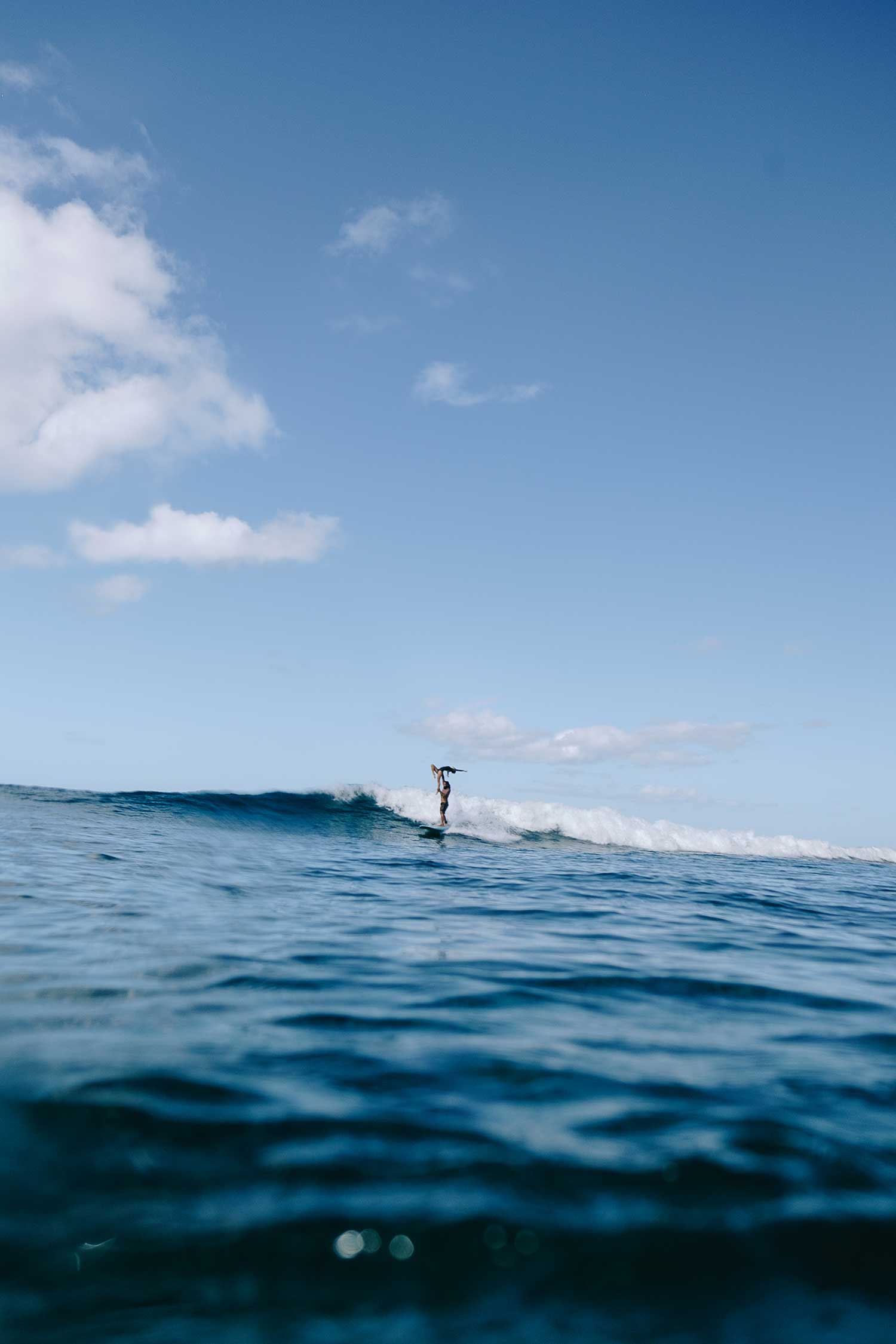
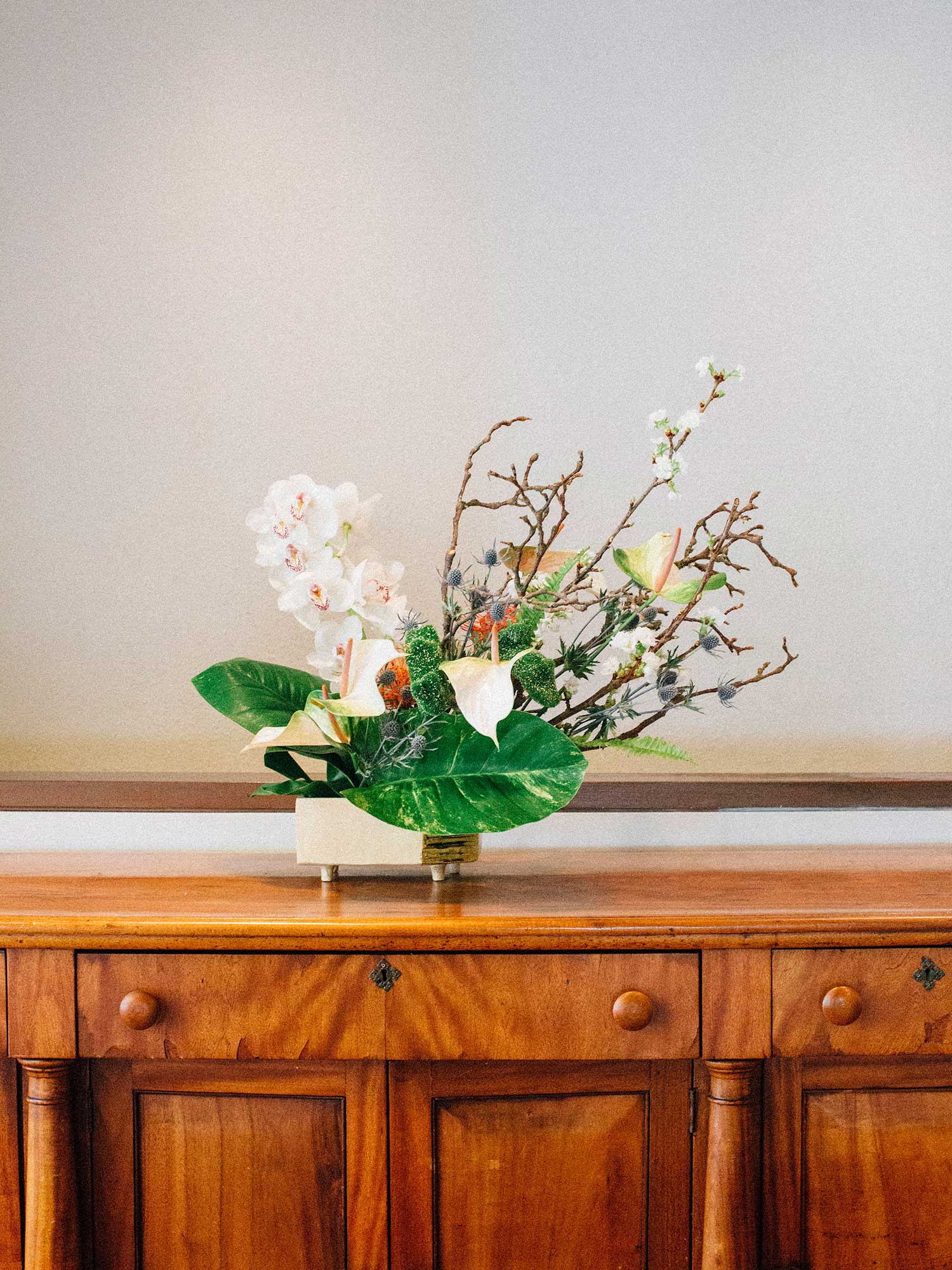
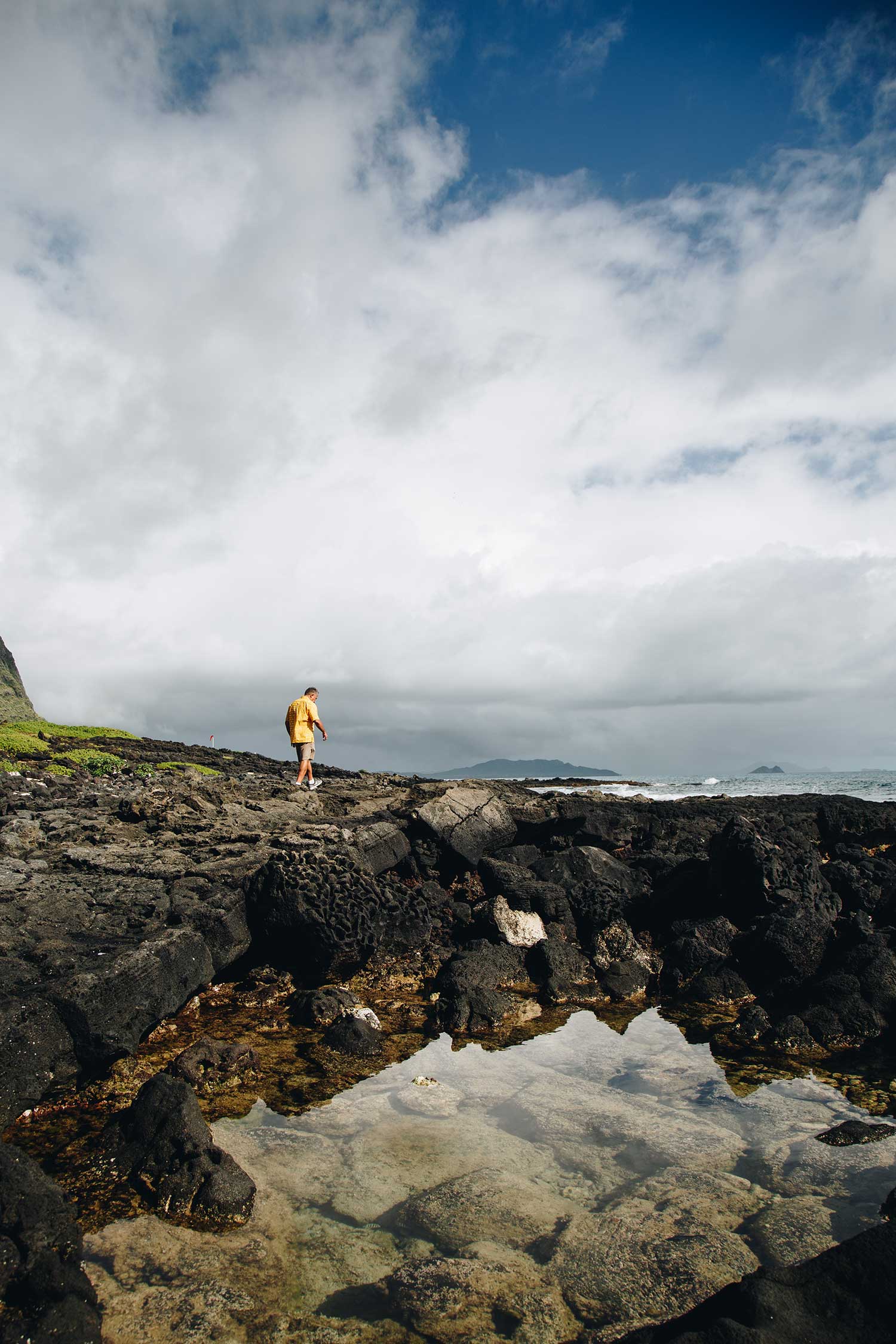

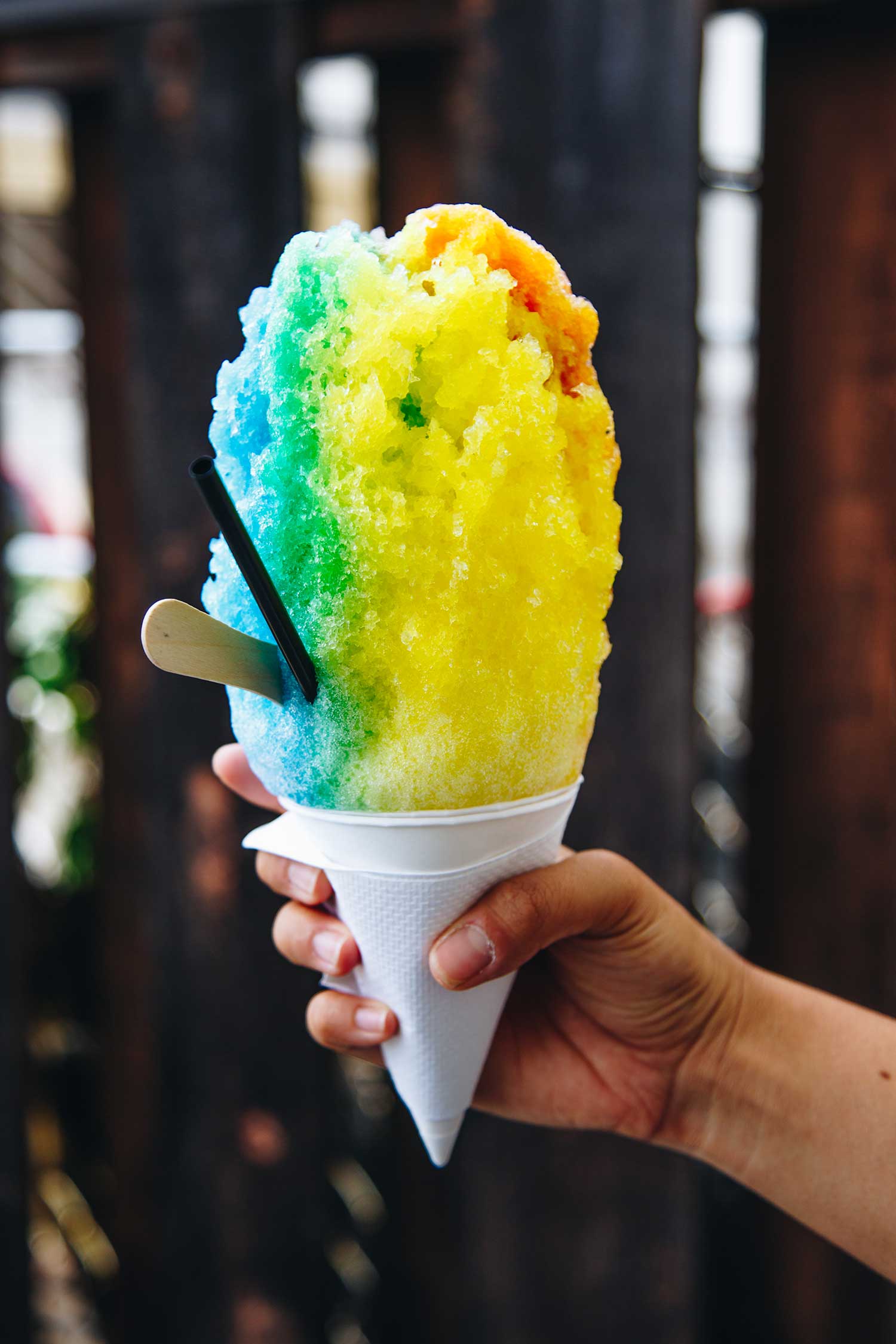
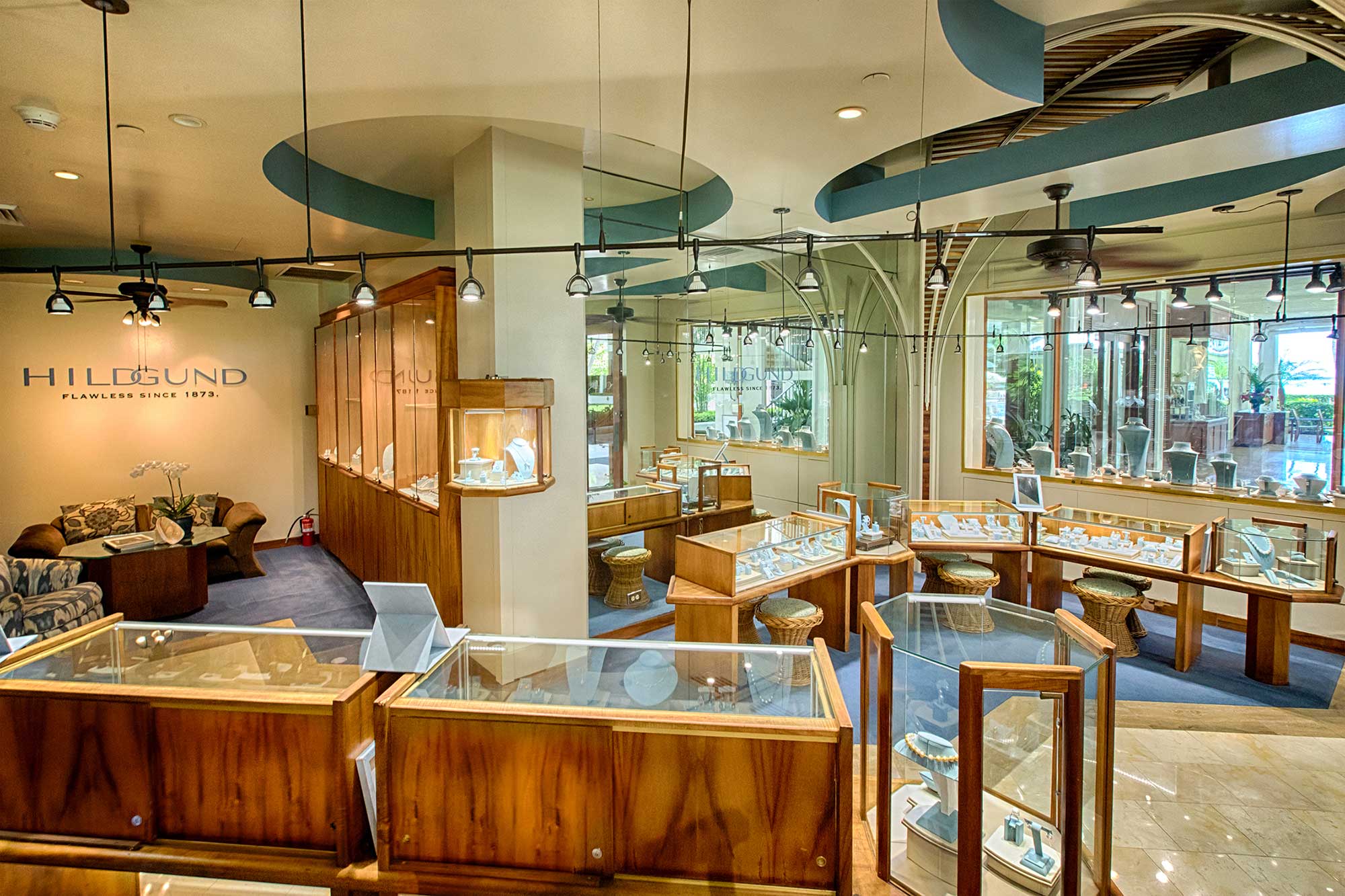
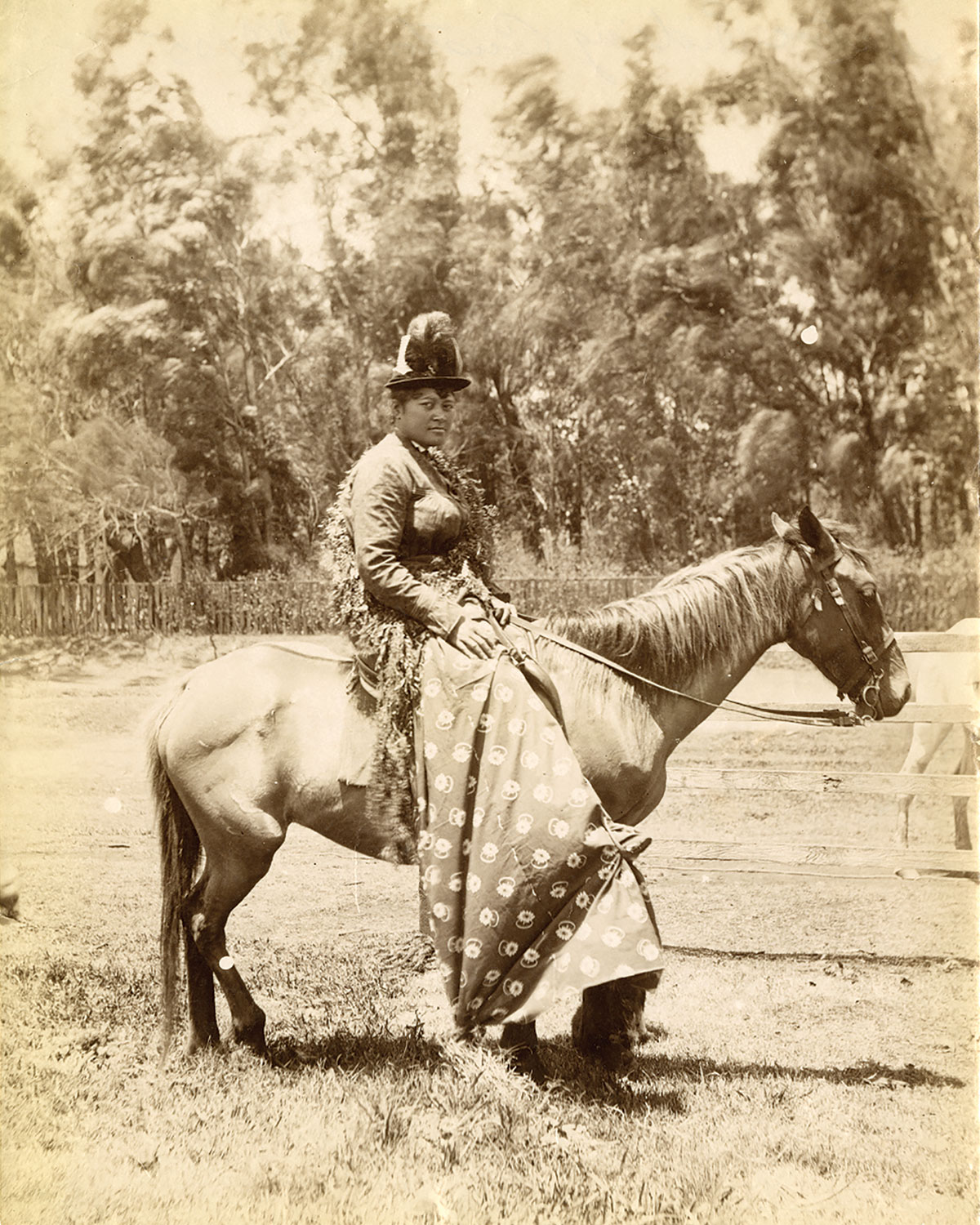
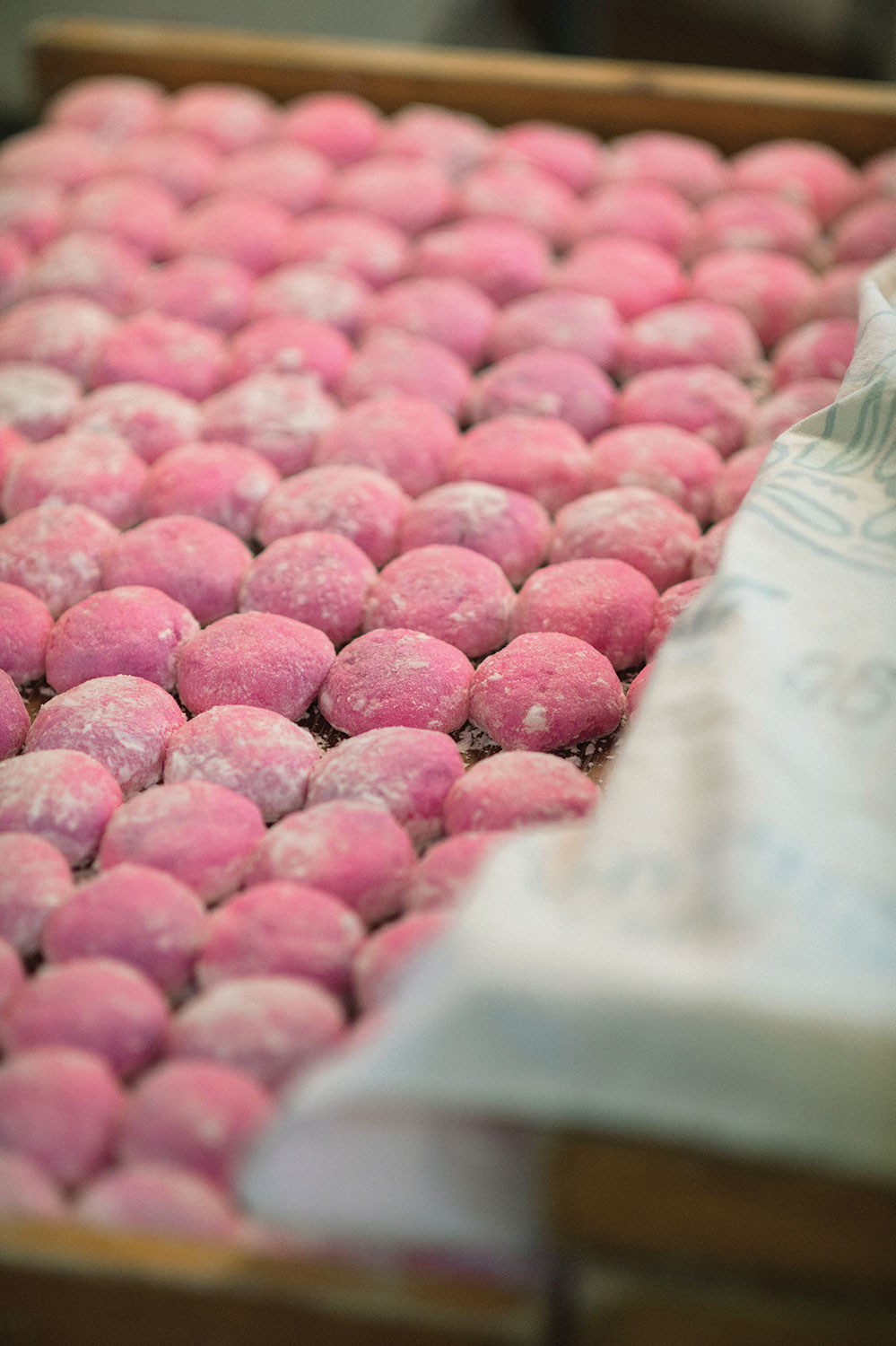
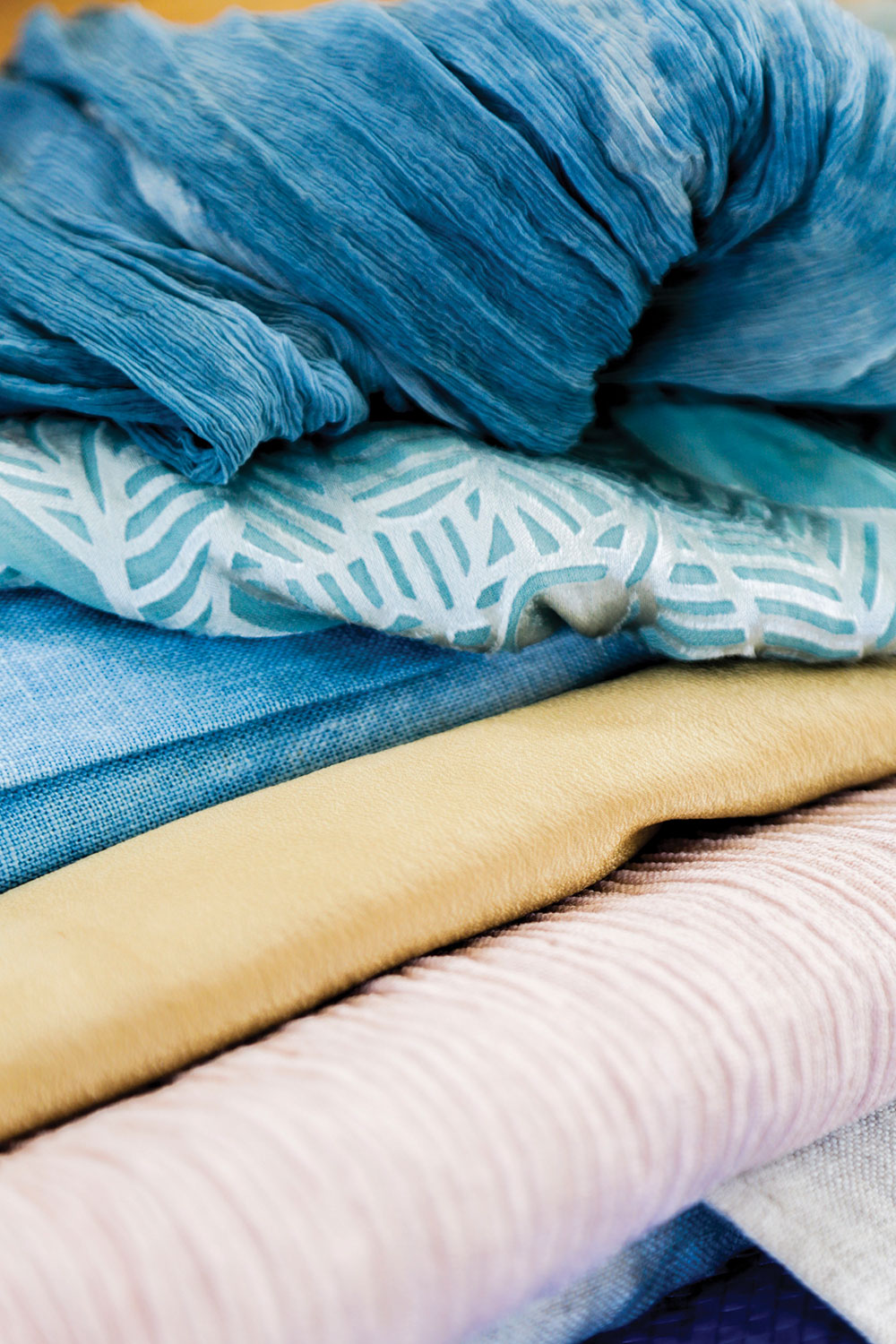
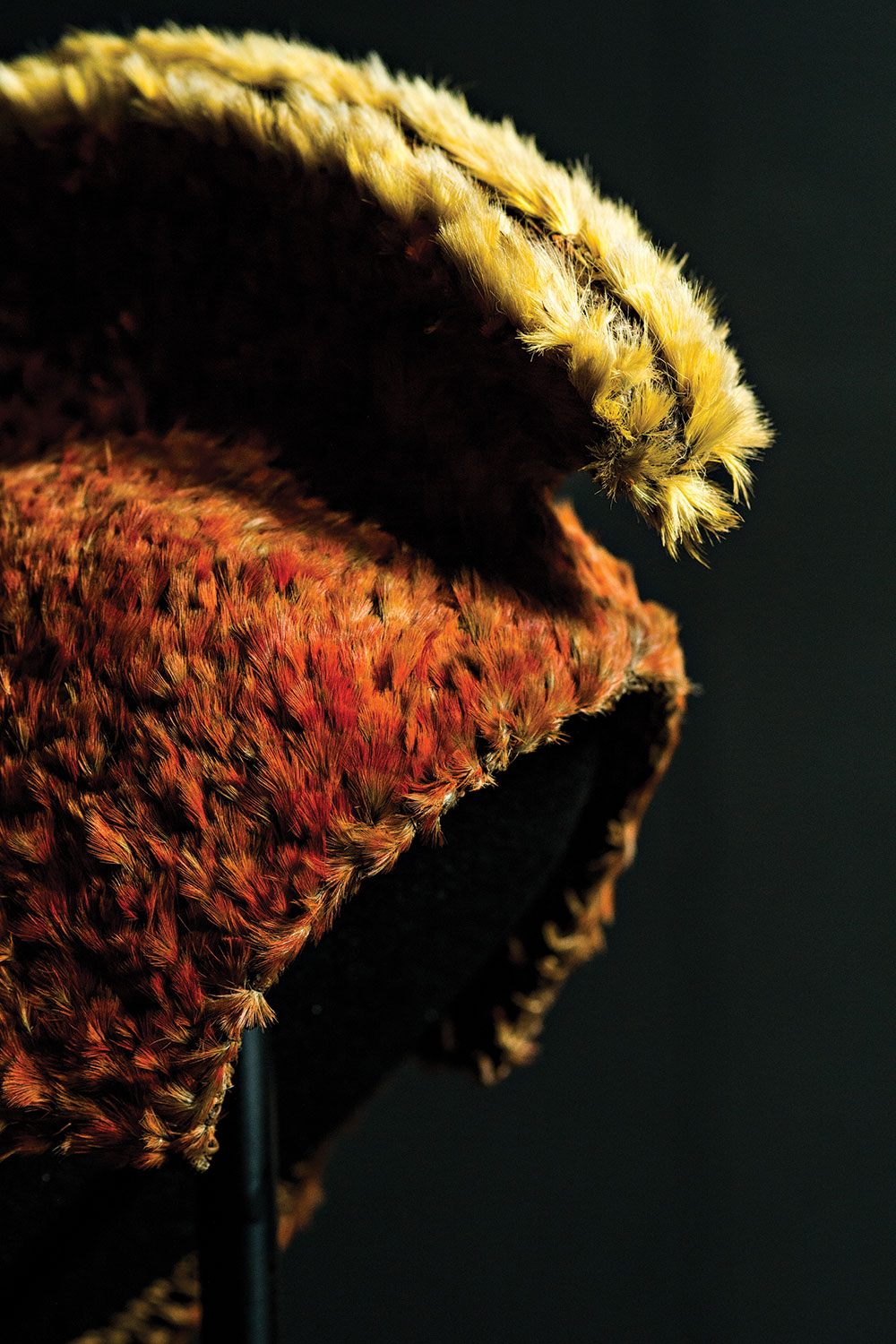
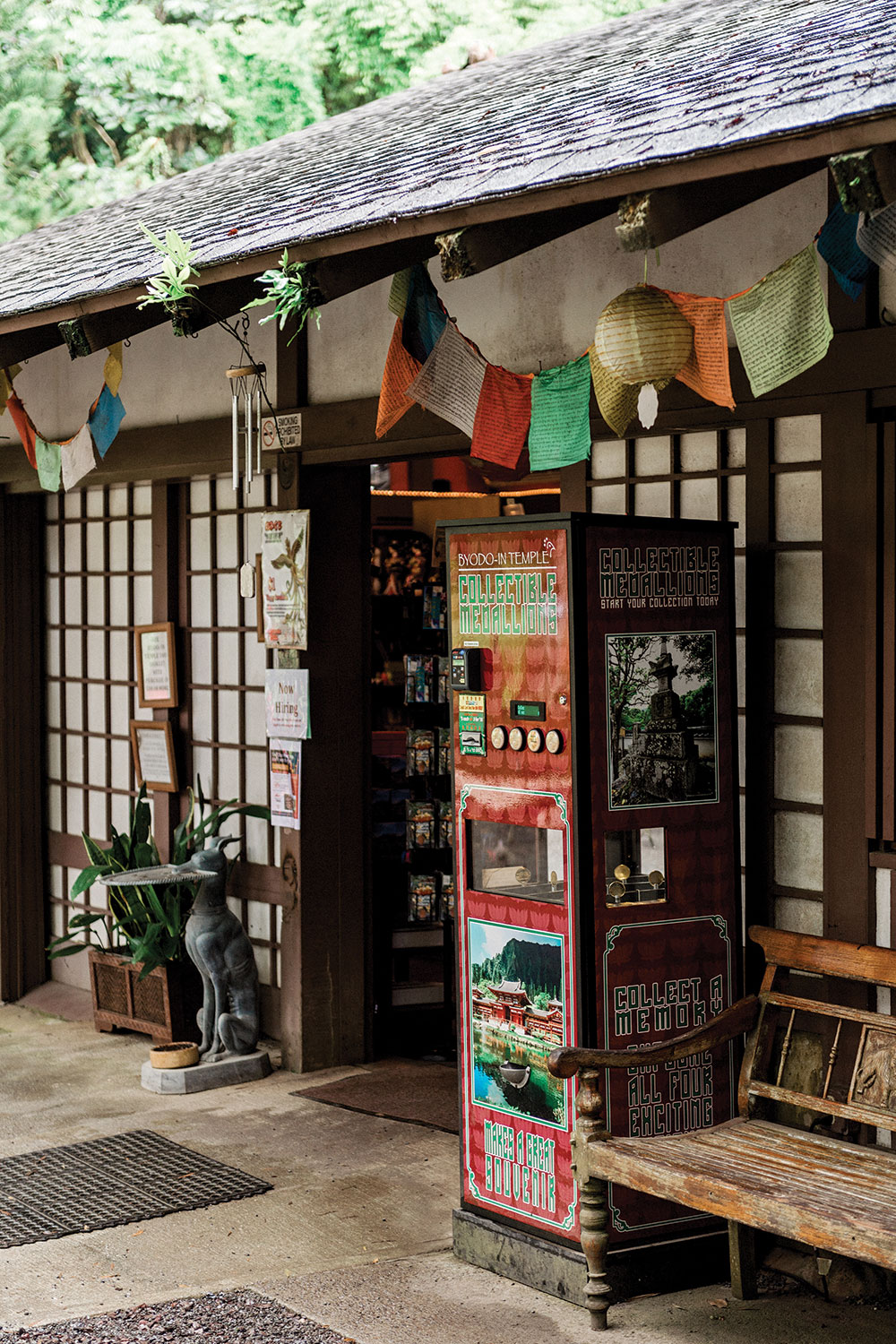
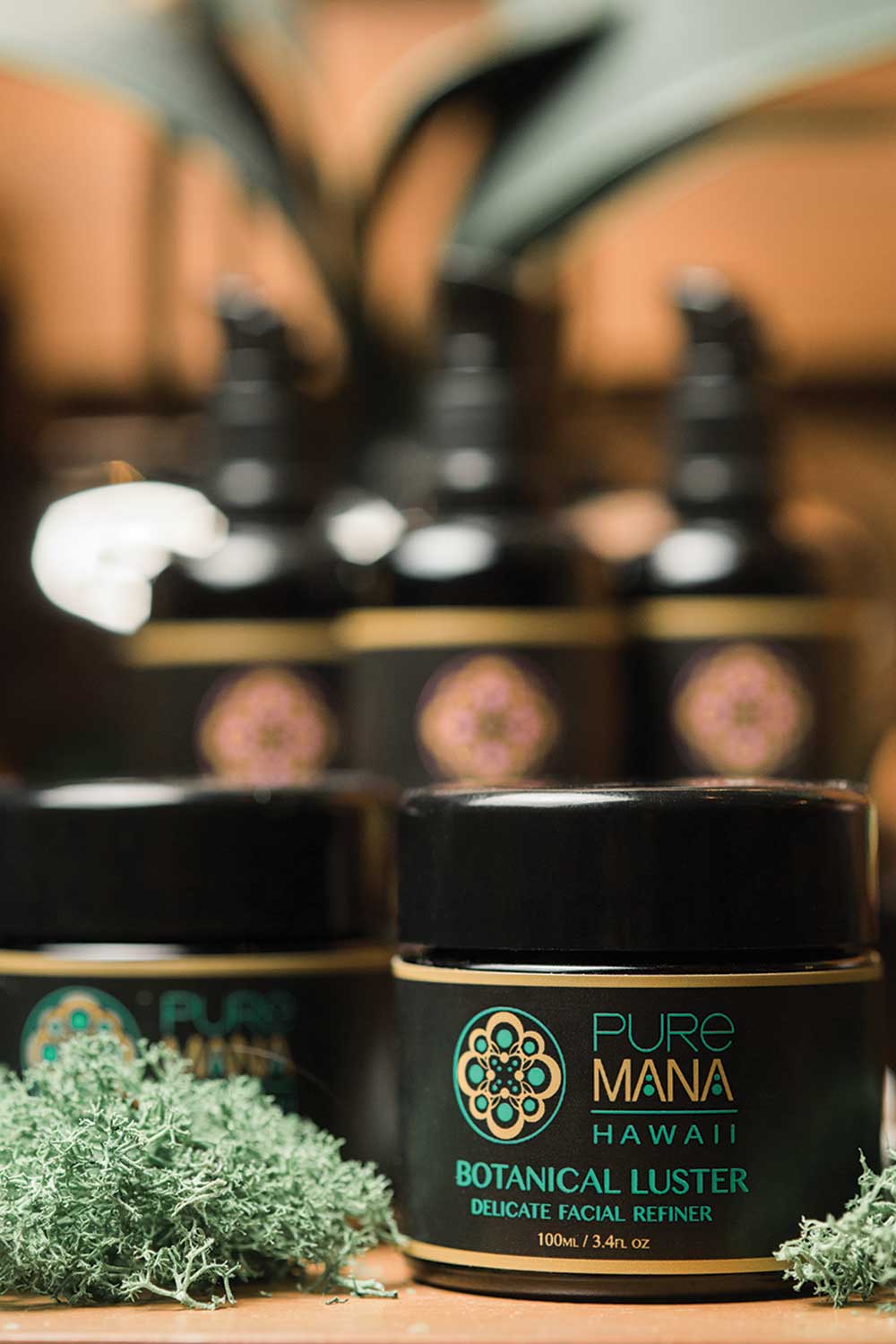
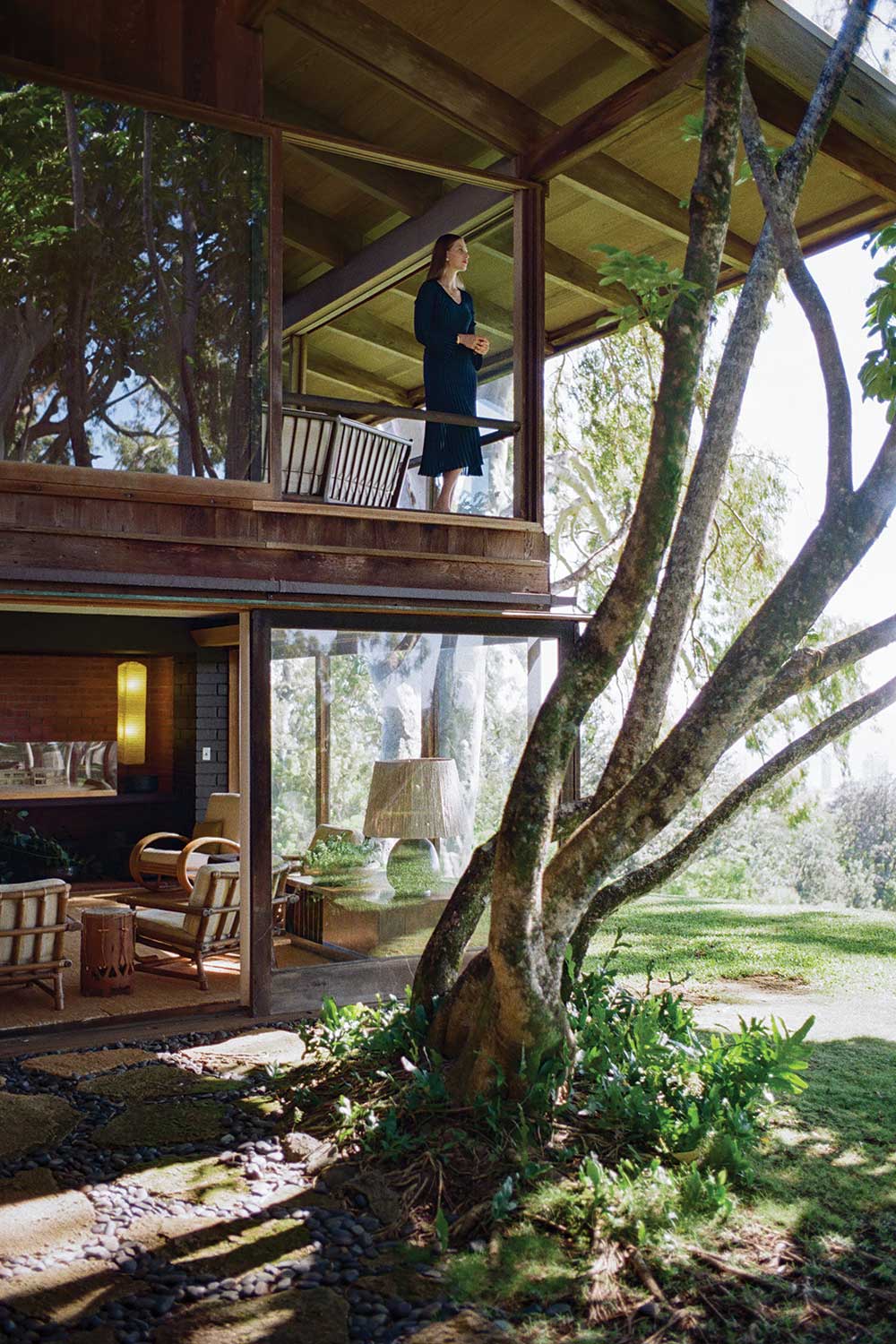
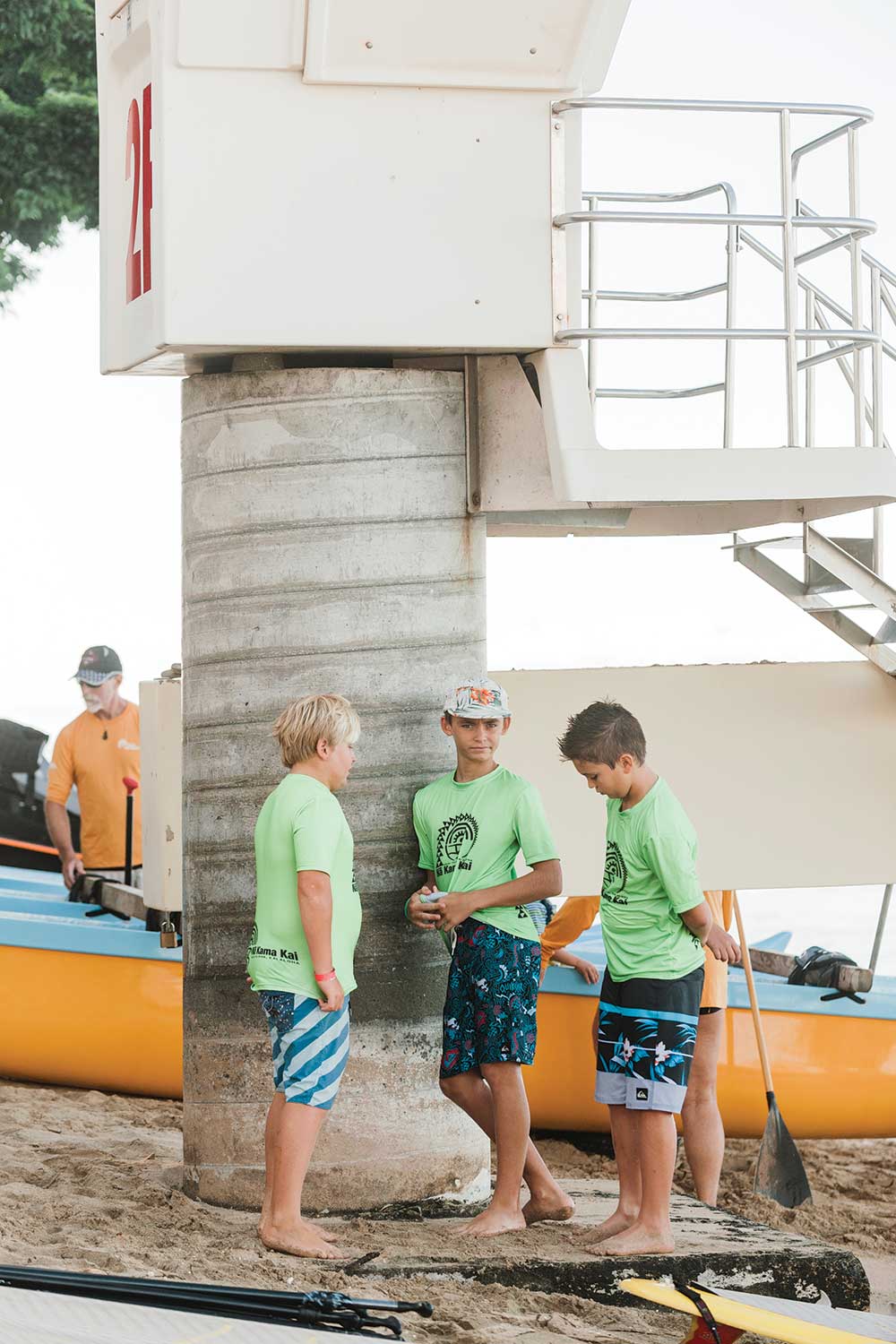
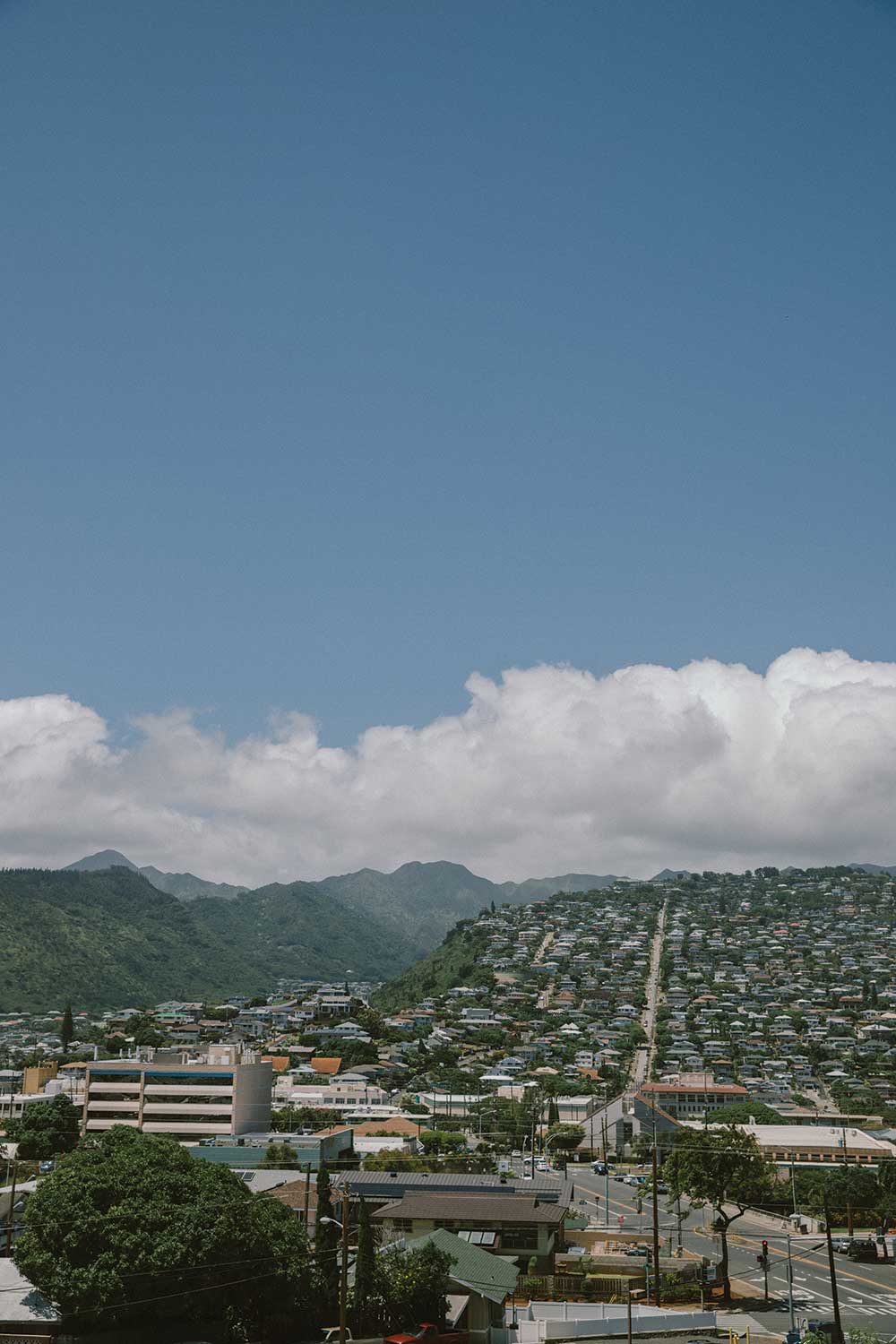

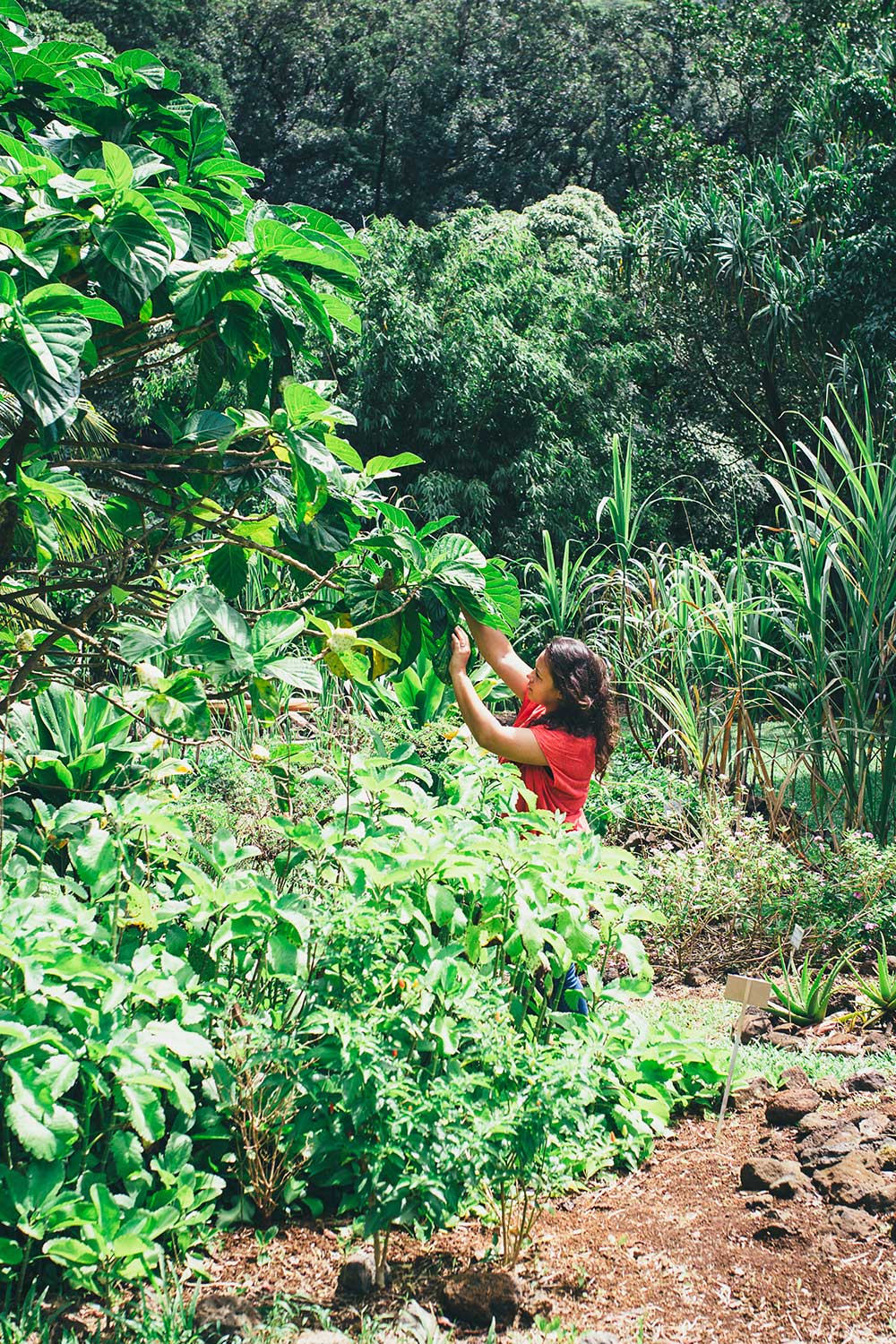

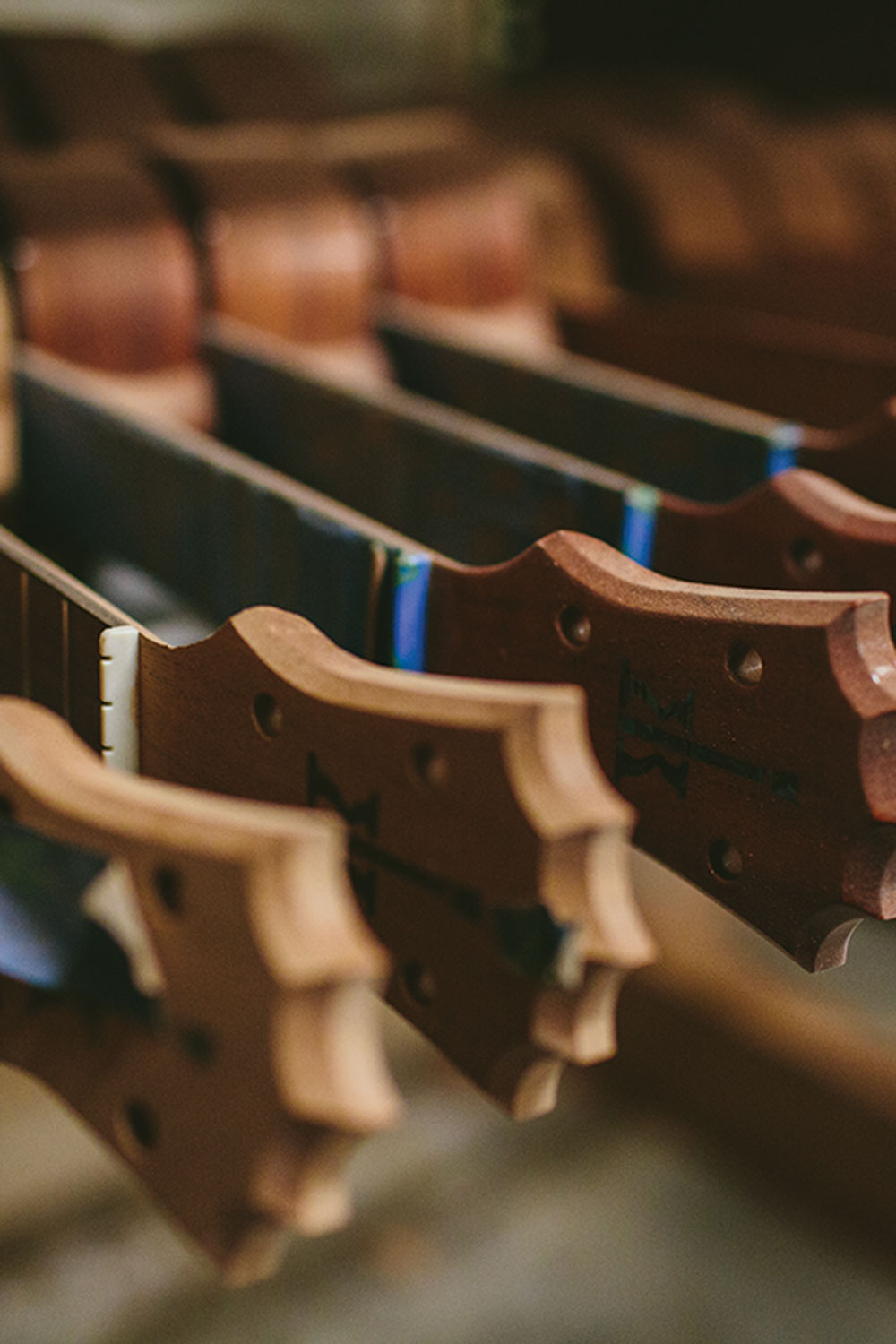
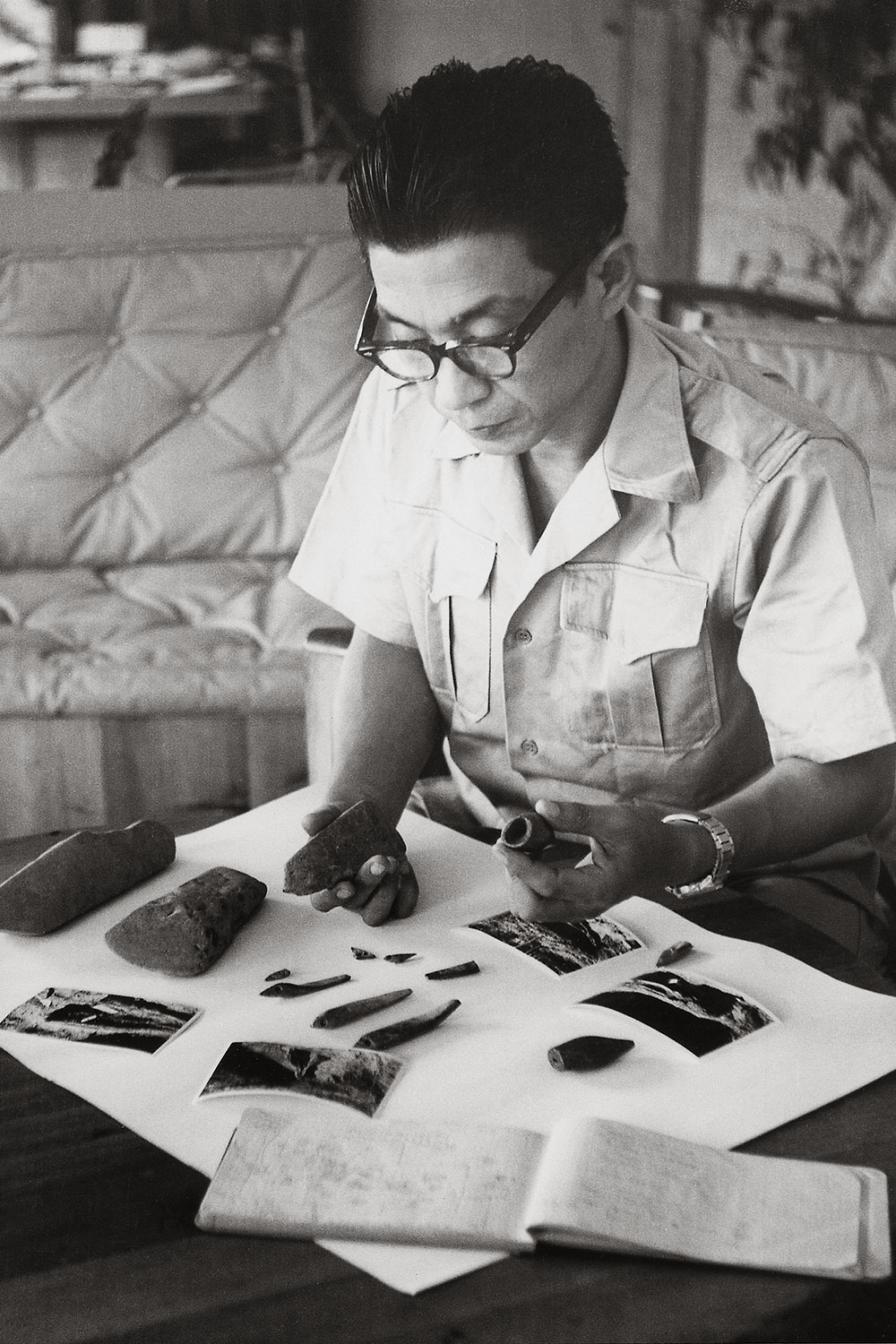
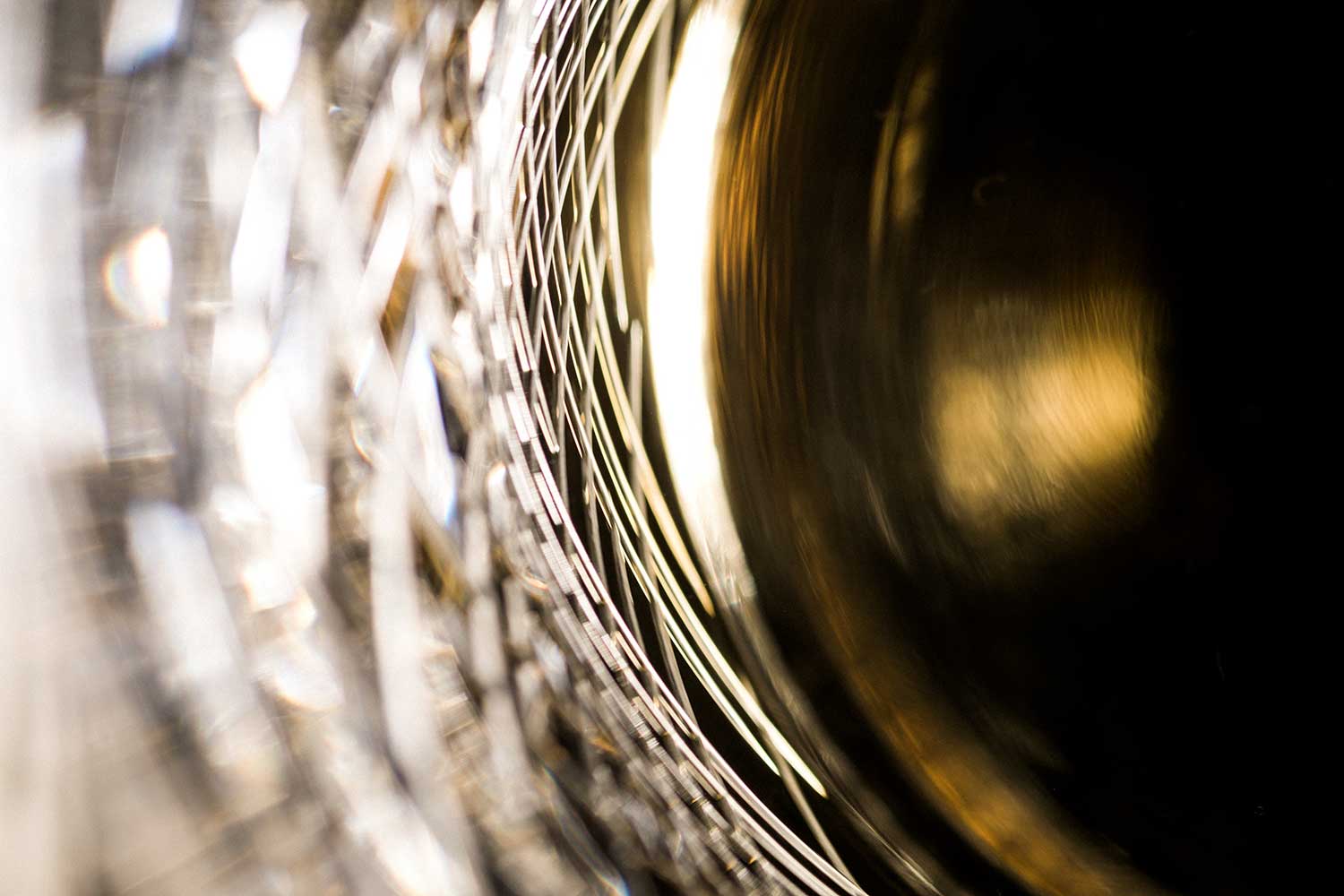









Share: